
The Vietnam Military History Museum in Hanoi
- on Aug 6, 2020 By: BN
While in Hanoi, be sure to visit the Vietnam Military History Museum. Its rich collection of artefacts, documents and remains will give you an in-depth knowledge of Vietnamese military history and the tumultuous past of a country that has always fought for its freedom and independence.
What to see at the Museum of Military History in Hanoi?
Located in the heart of Hanoi, on Dien Bien Phu Avenue and the Lenin statue, the Vietnam Military History Museum opened to the public in 1959 and exhibits over 3200 m² of more than 2000 documents and objects. All of them relate to the wars that have been known from the Hung Kings until the end of the Vietnam War against the Americans in the mid-1970s. A great opportunity to delve into Vietnam's tumultuous past from an angle that Westerners rarely have the opportunity to see.
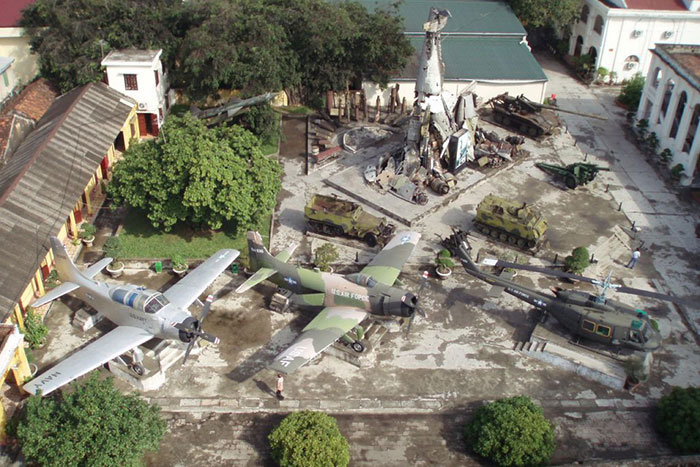
The museum is entirely dedicated to the long conflicts that the country lived through and the tone is set from the entrance of the museum. In a large interior courtyard, military remains are exposed: damaged tanks, downed B-52 planes, MIG21 fighter and various military vehicles. Several national relics are offered to the view of visitors such as the 843 tank which broke through the gates of the Independence Palace in Saigon on April 30, 1975. An image at the time went around the world and spelled the fall of Saigon. The other beautiful national relic is the MIG 21 fighter piloted by Pham Tuan, a hero of the People's Armed Forces, who shot down an American B52 during the "Christmas bombings" in 1972. Massive strikes were ordered by Nixon against Hanoi and Haiphong port, around 20,000 tons of bombs, in order to lead the North Vietnamese to the resumption of peace talks in Paris for the signing of the peace agreement which would lead to the rapid withdrawal of American troops from Vietnam. Moreover in another district of Hanoi, that of Ngoc Ha, you can see the carcass of a B52 shot down by the North Vietnamese DCA and resting in the small lake of Huu Tiep.
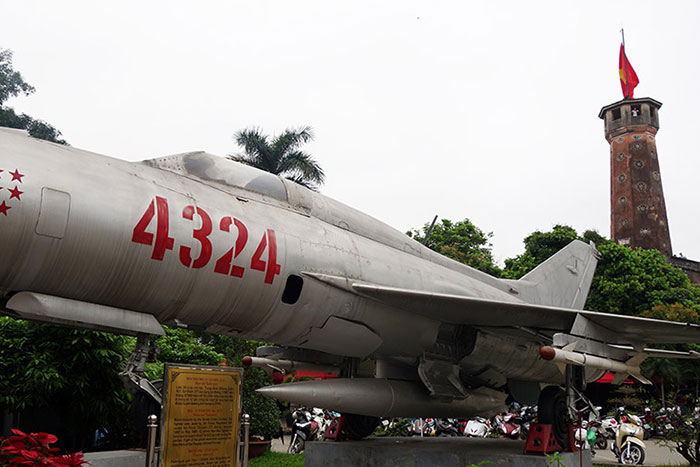
The main building of the museum is dedicated to the conflicts that marked Vietnamese history until the Second World War. You can see documents, objects and images relating to the creation of the Vietnamese Communist Party in 1930, the revolts against the French colonial regime, the Japanese occupation and the August Revolution in 1945. After nearly a century of French colonisation, the August Revolution saw the seizure of power by the Vietminh and announced the declaration of independence of the Democratic Republic of Vietnam on September 2, 1945. The declaration made by the father of the nation Uncle Ho in the famous Ba Dinh square which today hosts the Ho Chi Minh Mausoleum.

An exhibition is then devoted to the revolutionary war of the Vietnamese people to get rid of the French colonial regime and to gain its independence. It’s a long and painful war that ended in Dien Bien Phu. The base of Dien Bien Phu has been reconstructed as a model in the museum. As the last great battle of the Indochina War,Dien Bien Phuis also the first great battle won by a colonised people and marks the beginning of the era of decolonisation and the end of the French and British empires. Many documents, photos, images filmed at the time and the famous Vietminh bicycle which was used to transport the artillery are on display and allow you to understand and know the secrets of this glorious battle.
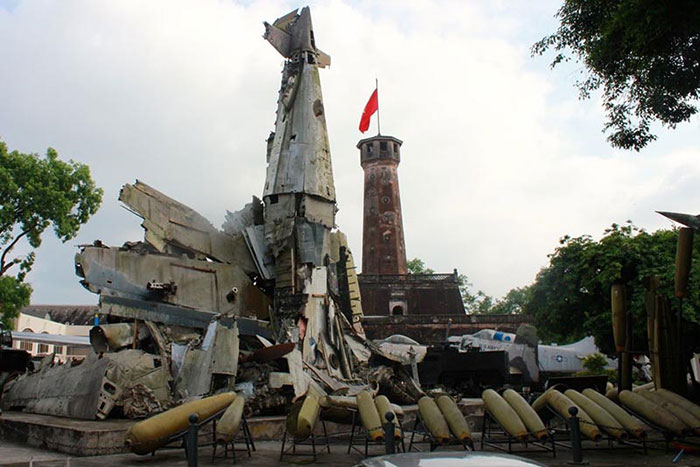
Another part of the Vietnam Military History Museum is devoted to the battles fought by the Vietcong and North Vietnamese fighting troops against American invaders during what is commonly referred to as the Vietnam War. We can see the military strategies put in place by the North Vietnamese to fight the American army, in particular the battle of Khe Sanh. A 77-day siege that almost turned into a tragedy for the Americans saved in extremis by their aviation. You can also understand what the Tet Mau Than offensive was, a very important point in the conflict. On the night of January 30 to 31, 1968, during the lunar New Year (Tet), the forces of the Vietcong and the North Vietnamese army launched a series of surprise attacks on almost the entire territory; more than 100 cities were targeted including Saigon and the American Embassy. Even if no city fell under the permanent domination of the forces of the North, the victory was political and diplomatic.
Be sure to visit the Flag Tower, an iconic place in Hanoi. Built in 1805 during the reign of Emperor Gia Long, South of the citadel listed as a UNESCO World Heritage Site, this Flag Tower with a height of 33.4 m was preserved during the demolition of the fortifications, during the French period.
Address: 28 Dien Bien Phu Street
Open: every day from 8:00 a.m. to 11:30 a.m. and from 1:00 p.m. to 4:30 p.m. Monday and Friday exclusively reserved for groups of more than 150 visitors
Entry: 40,000 VND
Related articles:
>> The old quarter of Hanoi in 1959 from all angles
Comment
Other Blog
Categories
Latest News
on 27 Apr, 2023      
on 15 Apr, 2023      
on 28 Mar, 2023      
 Español
Español Français
Français







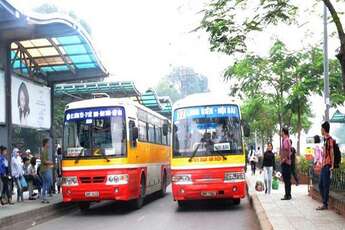
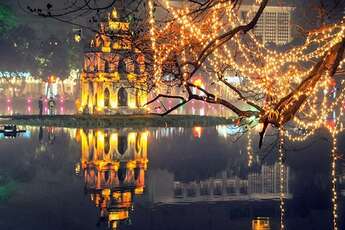

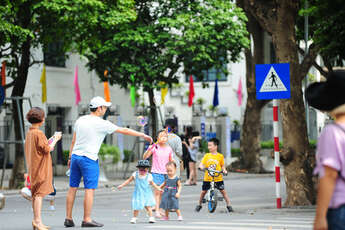
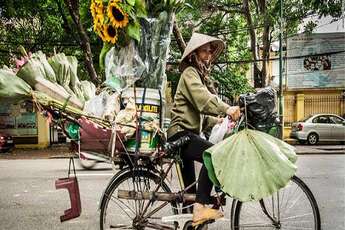







F
on Jan 3, 2024Igor Mozetic
on Apr 8, 2023Ira Beale
on Feb 10, 2023Phạm Phú Toàn
on Jan 28, 2023Max Stover
on Jan 11, 2023